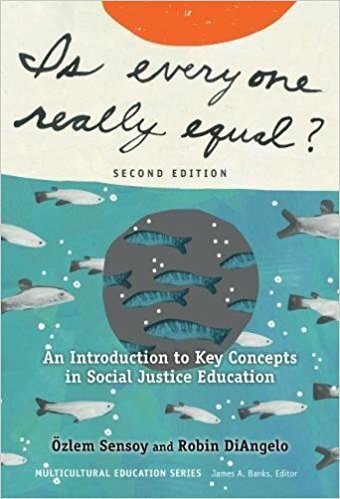Getting history across to young students is challenging enough, but what should a teacher do when actual history-making events happen on their watch? They have to be acknowledged, but to what extent do they have to be explained, even "taught"? Of the teachers who have turned history-in-the-making into a lesson, perhaps the most famous is Jane Elliott of Riceville, Iowa. On April 5, 1968, the day after Martin Luther King Jr.'s assassination, she divided her classroom of third-graders along color lines: blue-eyed and brown-eyed. On the first day she granted the brown-eyed students such special privileges as desks in the front rows, second helpings at lunch, and five extra minutes of recess. The next day she reversed the situation, and the blue-eyed kids had the perks.
Via Elizabeth E Charles



 Your new post is loading...
Your new post is loading...








